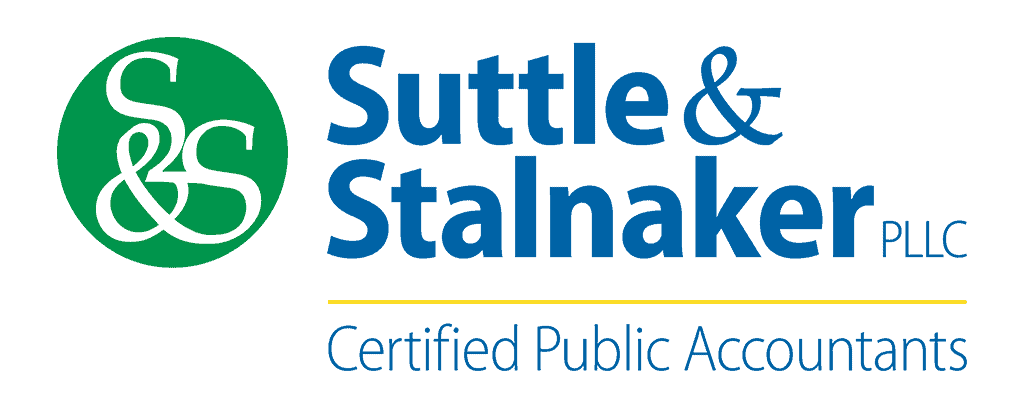 By: Josh Sharp, CPA
By: Josh Sharp, CPA
The Federal Deposit Insurance Corporation (FDIC) recently released their 2025 Risk Review, offering an overview of economic conditions and banking performance, market risks, and credit risks impacting banks in 2024. Reading the FDIC’s 2025 Risk Review can offer critical strategic value and practical insights to help community banks assess their own risks, adjust strategies, and stay ahead of regulatory expectations. In this article, we will summarize key information as it relates to community banks.
Overall Economic Conditions and Banking Performance
Community banks held their ground despite various economic concerns over the last several years and have continued to adapt due to constantly changing economic and financial market conditions. The following are highlights of the 2024 economic conditions:
- Economic growth was solid in 2024 and exceeded expectations for much of the year. Real GDP growth was generally solid and was reported at 2.8 percent for 2024.
- Inflation continued to decline in 2024, but at a slower pace and remained above the Federal Reserve’s 2 percent target.
- Interest rates were elevated throughout 2024; however, the Federal Reserve Federal Open Market Committee (FOMC) began lowering the target federals funds 50 basis points in September 2024, 25 basis points in November, and another 25 basis points in December.
- The yield curve remained inverted for most of 2024 but flattened in medium and longer maturities toward the end of the calendar year and ended with an upward slope.
The banking industry’s performance was mixed but was overall resilient. Community bank performance highlights from 2024 include the following:
- Community bank pre-tax return on assets declined 8 basis points to 1.14 percent from 2023 to 2024.
- Higher funding costs compressed margins for community banks and community bank net interest margin (NIM) was 3.33 percent, down from 3.39 percent in 2023.
- Community banks generally performed better than the rest of the industry during the year in domestic deposit growth (4.7 percent) and loan growth (5.1 percent) rates; however, the deposit and loan growth rates were offset by higher non-interest expenses and reduced net interest margins. Overall, community banking net income decreased 2.4 percent when compared to 2023.
- Similar to the rest of the industry, community banks reported higher past due and nonaccrual rates compared to 2023. Community bank net charge-off rates were also higher in 2024 than in 2023.
Market Risks and Margin Pressure
Community banks continued to face large challenges navigating the difficult interest rate environment. As a whole, community banking market risks generally followed the same pattern as the rest of the industry. The industry-wide decline in NIM hit community banks especially hard. Funding costs for interest-bearing deposits continued to rise and generally outpaced asset yields and subsequently squeezed profitability and margins. Other highlights from 2024 include the following:
- Unrealized losses on securities portfolios increased in 2024 due to longer-term interest rates increasing year-over-year. Unrealized losses totaled $482.4 billion in the fourth quarter of 2024 which was up 1.0 percent from the fourth quarter 2023.
- Banks reduced their reliance on wholesale funds, which declined 3.1 percent during the year.
- Deposit growth resumed in 2024 after declining for two consecutive years. Total domestic deposits increased 2.3 percent. Noninterest-bearing deposits declined for the third consecutive year and made up just 21.8 percent of total domestic deposits at the end of the year, which is the lowest share reported since 2010.
Credit Risk
Community banks continued to experience various credit risks during 2024, but the overall sentiment is that community banks continued to carefully manage their credit risk while individual bank risk can vary widely depending on local economic performance and lending portfolio composition. The following are community bank highlights for various lending segments:
- Commercial real estate (CRE): past due and nonaccrual rates remained low relative to historical levels; however, exposure to CRE loans remained high. At the median, community banks’ CRE loan past due and nonaccrual rate was 0.31 percent, up slightly from year-end 2023. Community banks’ median CRE concentration ratio was 195 percent, up almost a percentage point from year-end 2023.
- Consumer loans: asset quality deteriorated more at community banks than the rest of the industry in 2024. Median past due and nonaccrual rates remained lower at community banks than the rest of the industry; however, the median past due and nonaccrual rates were higher at community banks in fourth quarter 2024 than a year earlier for all loan categories.
- Residential mortgage: community bank residential mortgage loan balances were up 3.2 percent from one year earlier and had higher growth than the rest of the industry during the same period. Asset quality remained sound with past due and nonaccrual rates remaining below pre-pandemic levels and was lower than the rest of the industry.
Overall Summary
The FDIC’s 2025 Risk Review paints a mixed picture for community banks. Overall, community banks continued to show strength in core banking relationships and experienced loan and deposit growth, but experienced decreasing net income due to higher noninterest costs and economic impacts related to interest rate market risks. Additionally, there is continued and increasing complexity in managing interest rate and credit-related risks. As various challenges remain, community banks will need to lean on their deep local knowledge and customer-centric focus to navigate economic uncertainties that persist.
Suttle & Stalnaker, PLLC is ready to help. If you would like more information on how this applies to you, please contact Josh Sharp, CPA at (304)343-4126 or jsharp@suttlecpas.com.
